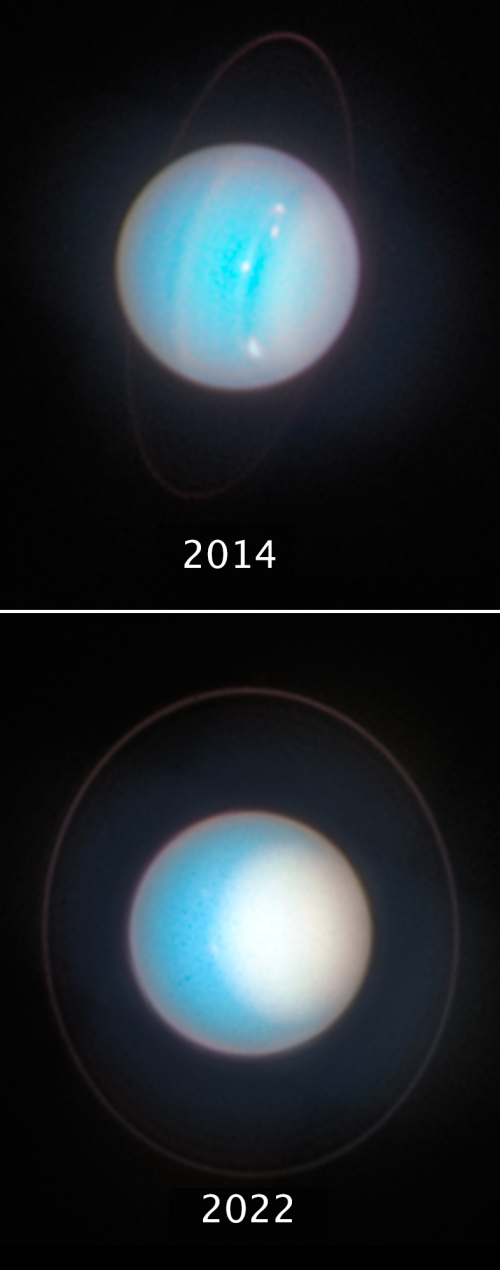Mars’ largest mountain region
The picture to the right, rotated, cropped, reduced, and enhanced to post here, was taken on September 21, 2015 by the context camera on Mars Reconnaissance Orbiter (MRO). I originally was going to post a high resolution image of some of these mountains, taken on January 1, 2023 that showed some slope streaks, but quickly realized that a wider view of this mountain region was a much more interesting story.
This picture covers an area about 50 by 50 miles. As you can see, it is endless series of random hills ridges and peaks, with only a vague hint of a northeast to southwest alignment. Ground travel through this region would be slow and twisty, immediately reminding me of my many trips to West Virginia, where the hills and valleys are almost as random and never ending.
The overview map below however suggests the scale of this region exceeds West Virginia many times over.
» Read more
The picture to the right, rotated, cropped, reduced, and enhanced to post here, was taken on September 21, 2015 by the context camera on Mars Reconnaissance Orbiter (MRO). I originally was going to post a high resolution image of some of these mountains, taken on January 1, 2023 that showed some slope streaks, but quickly realized that a wider view of this mountain region was a much more interesting story.
This picture covers an area about 50 by 50 miles. As you can see, it is endless series of random hills ridges and peaks, with only a vague hint of a northeast to southwest alignment. Ground travel through this region would be slow and twisty, immediately reminding me of my many trips to West Virginia, where the hills and valleys are almost as random and never ending.
The overview map below however suggests the scale of this region exceeds West Virginia many times over.
» Read more













